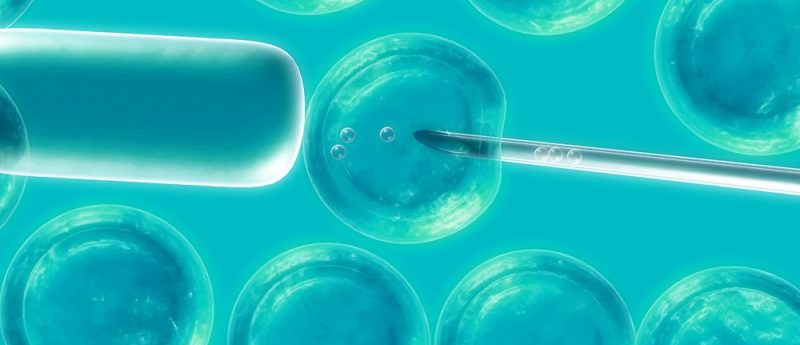UK’s largest human stem cell bank of healthy donors unveiled

In a study published in Nature, one of the largest sets of human iPSCs from healthy donors has been utilized to study variations in stem cells and will be made available to other researchers.
A consortium composed of Wellcome Trust Sanger Institute, King’s College London, University of Dundee, University of Cambridge and the European Bioinformatics Institute (all UK) have produced one of the largest sets of iPSCs from healthy human donors. The bank contains hundreds of stem cell lines and was utilized to study in unprecedented detail the variation in stem cell cells between different people. The bank will also be made available for other researchers.
iPSCs, created by utilizing growth conditions to turn adult cells back to a pluripotent state, have huge potential as both therapies and tools to study diseases such as cancer, Alzheimer’s and heart disease. However, this process can be difficult and labs may not have the expertise or resources to fully characterize their cells to allow other scientists to make use of them.
The Human Induced Pluripotent Stem Cell Initiative (HipSci) project generated iPSCs on a large scale utilizing standardized methods to study the differences between healthy people. Control sets of stem cells from skin biopsies from 301 health donors were also generated. In total, 711 cell lines together with genomic, proteomic and biological data for each line were created.
Lead author Daniel Gaffney, Wellcome Trust Sanger Institute, explained: “We have created a comprehensive, high quality reference set of human induced pluripotent stem cell lines from healthy volunteers. Each of these stem cell lines has been extensively characterized and made available to the wider research community along with the annotation data.
“This resource is a stepping stone for researchers to make better cell models of many diseases, because they can study disease risk in many cell types, including those that are normally inaccessible.”
By creating more than one stem cell line from each donor, the researchers were able to determine the levels of similarity between each person.
Fiona Watt, a lead author on the paper and co-principal investigator of HipSci, King’s College London, commented: “Many other efforts to create stem cells focus on rare diseases. In our study, stem cells have been produced from hundreds of healthy volunteers to study common genetic variation. We were able to show similar characteristics of iPSCs from the same person, and revealed that up to 46% of the differences we saw in iPSCs were due to differences between individuals. These data will allow researchers to put disease variations in context with healthy people.”